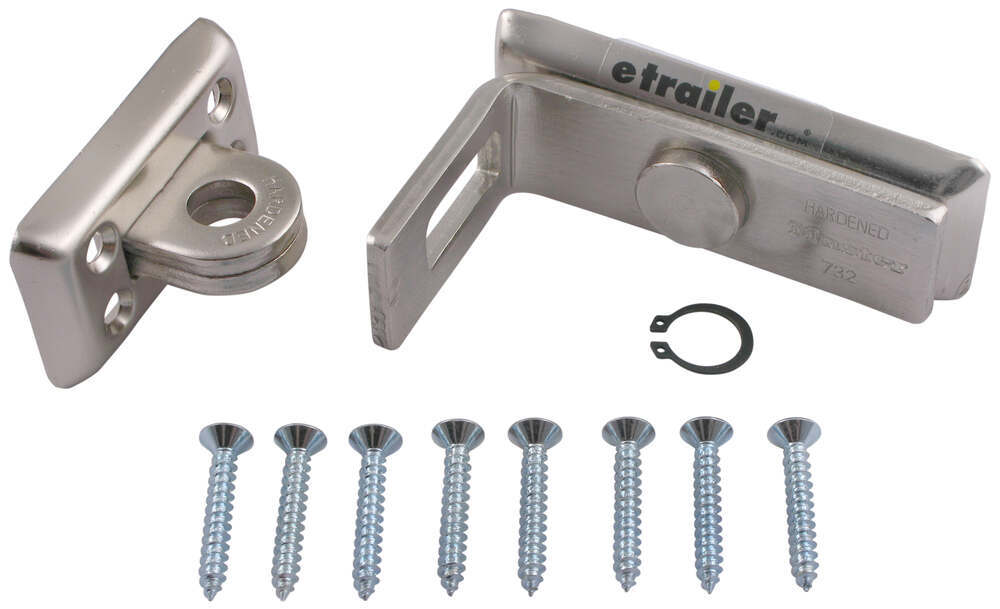



Figure 2: Furnace Class/Instrument Type/Survey Interval Table.įor example: A Class 2 furnace with instrumentation type B is required to undergo a TUS on a monthly basis, whereas a Class 5 furnace with instrumentation type B only requires a quarterly TUS. Survey frequencyīased on the furnace classification (and instrumentation type used to conduct the TUS), the guidelines clearly determine the testing schedule necessary in order to maintain certification (see Figure 2). A higher-rated furnace classification (class 1 being the highest) means that the furnace is able to stay closer to its target temperature without variation. This is a ± range of 13 degrees, so it would qualify as Class 3. Figure 1: Furnace Class/Uniformity Range Table.įor example: A furnace is meant to run at 1,900☏ and its qualified working zone ranges between 1,887☏ and 1,913☏. The temperature uniformity range is described as a ± degree value, as shown in Figure 1. The “qualified working zone” is the area of the furnace that will be used for the heat-treat process, and a TUS helps determine how close the working zone is to registering the desired temperature. This determines the required ongoing testing schedule necessary to maintain conformity. One of the key considerations of a TUS is verifying the classification of the furnace and its qualified working zone. For example, the “thru-type” instruments have limitations regarding size of access (ingress and egress), duration, and temperature during the test process. There are financial and physical considerations with both options. To perform these surveys, heat treaters may use field instruments such as multi-channel chart recorders external to the furnace, or multi-channel chart recorders that ride in a basket on a continuous belt-type furnace (or oven). Ultimately, the TUS validates the temperature characteristics of the work zone and should closely match a typical heat-treat cycle with respect to ramp up speed and temperature. The TUS is performed to validate the temperature uniformity characteristics of the qualified work zones and operating temperature ranges of furnaces or ovens used. These are necessary to ensure that parts or raw materials are heat treated in accordance with the applicable specification(s).”Ī critical part of the standards is the requirement to perform temperature uniformity surveys (TUSs). The document covers temperature sensors, instrumentation, thermal processing equipment, system accuracy tests, and temperature uniformity surveys. “address pyrometric requirements for thermal processing equipment used for heat treatment. In the automotive and aerospace manufacturing industry, CQI-9 and AMS2750 specifications are established as guidelines to:


 0 kommentar(er)
0 kommentar(er)
